
by Deep Green Resistance News Service | Aug 26, 2012 | Colonialism & Conquest, Indigenous Autonomy, Obstruction & Occupation
By J. G. / Deep Green Resistance Great Plains
Women of the Oglala Lakota nation along with activists from Deep Green Resistance, AIM Grassroots, Native Youth Movement, Un-Occupy Albuquerque, Occupy Lincoln, and Rocky Mountain Peace and Justice Center took part in a march from Billy Mills Hall in Pine Ridge into Whiteclay to protest against the predatory liquor industry present there.
Whiteclay has a population of 14, yet 4 liquor stores in the town sell 12,500 cans of beer each day. The stores have been documented repeatedly selling to bootleggers, intoxicated people, minors, and trading beer for sexual favors.
“For over 100 years the women of the Oglala Lakota nation have been dealing with an attack on the mind body and spirit of their relatives”, says Olowan Martinez who is a main organizer of the event and resident of Pine Ridge. “The Oglala have been silenced through chemical warfare waged by the corporations who are out to exploit and make a profit off of the suffering and misery of our people. The time has come to end this suffering by any means necessary.”
Debra White Plume, a Lakota activist and resident of Pine Ridge who spoke at the event proclaimed, “A sober Indian is a dangerous Indian. We have to send a message to Nebraska and its citizens that we are not going to tolerate business as usual. This is the Women’s Day of Peace but that peace will soon be over”.
After the march and speeches members of Deep Green Resistance locked down and blockaded the road into Whiteclay.
Less than a half hour after the lockdown began a police officer rolled down their window and indiscriminately pepper sprayed into a crowd. Up to 12 people were pepper sprayed including the 10 year old son of a Lakota woman who helped organize the march. Also, an elder Lakota woman, Helen Red Feather, reported having her leg hit by a police car in motion. Medics with the protest treated pepper spray injuries.
At 7:39, the five activists who participated in the lock down were hauled off in a horse trailer to the Sheridan County jail in Rushville. They have since been released on their own recognizance.
Today, justice is far from complete, since Whiteclay continues to enable and enact the destruction of the Oglala Lakota and the people of Pine Ridge. The continued subjugation of the Oglala Lakota of the Pine Ridge Reservation will not end as long as the liquor stores in Whiteclay continue to operate.
Chants of “As long as it takes!” began by those locked down and the people standing with them in the crowd at the beginning of the lockdown. The struggle continues.
For context behind the Women’s March and Day of Peace, as well as pictures from the action, please see http://dgrnewsservice.org/2012/08/26/womens-day-of-peace-action-in-white-clay/
Want to help support this action? Please see http://deepgreenresistance.org/feature-help-support-indigenous-solidarity-in-whiteclay/
Para leer este articulo en español, vea: http://dgrnewsservice.org/2012/08/29/la-marcha-de-mujeres-y-el-dia-de-paz-resulto-ser-violente-manifestantes-detenidos/
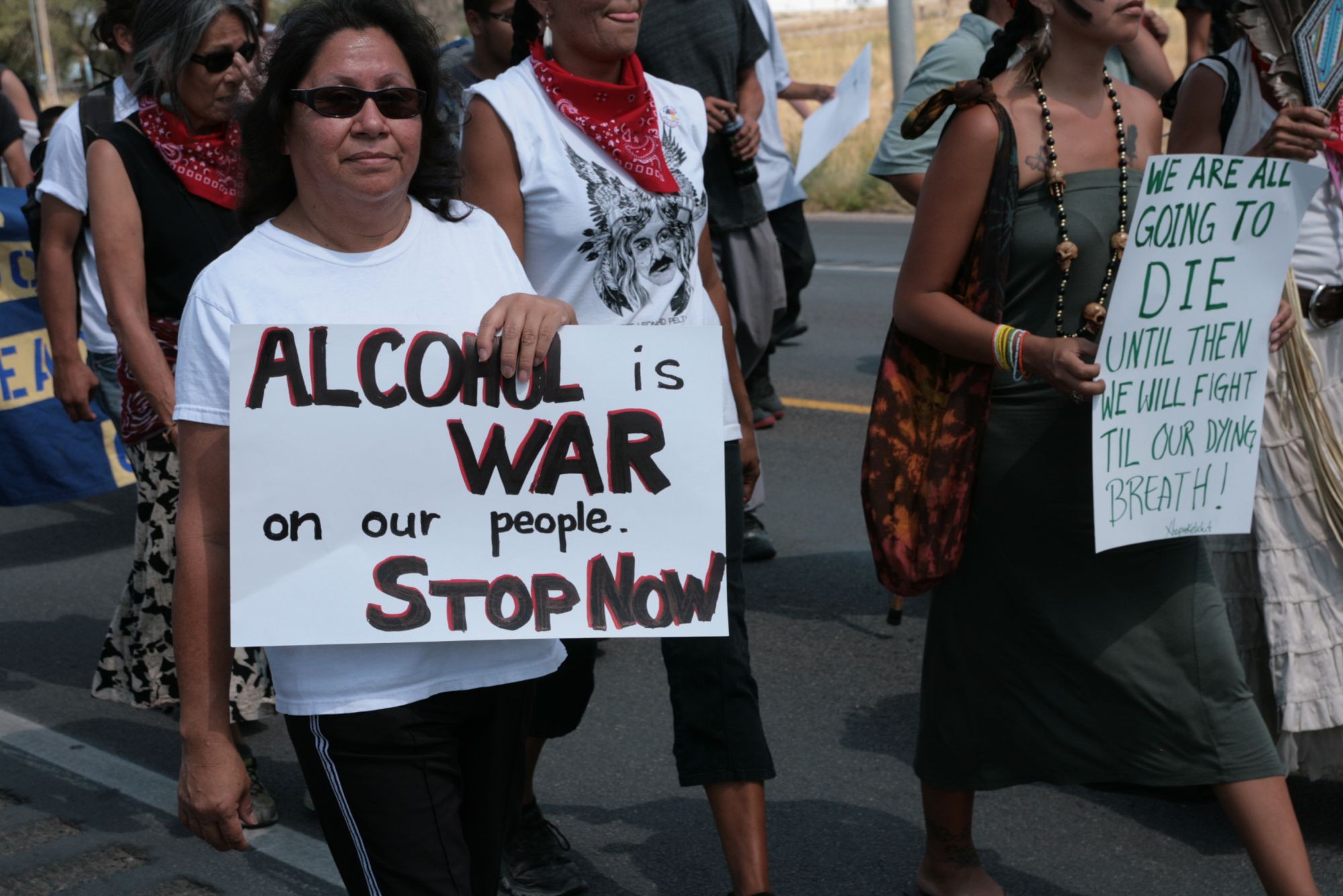
by Deep Green Resistance News Service | Aug 26, 2012 | Colonialism & Conquest, Indigenous Autonomy, Obstruction & Occupation
Whiteclay is an unincorporated village with a population of 14 people in northwest Nebraska. The town sits on the border of the Pine Ridge Indian Reservation, home to the Oglala Lakota (also known as the Oglala Sioux Tribe).
Whiteclay lies on disputed land, merely 200 feet from the official reservation border and less than 3 miles from the center of Pine Ridge, South Dakota, the largest town on the reservation.
Sale and possession of alcoholic beverages on the Pine Ridge is prohibited under tribal law. Except for a brief experiment with on-reservation liquor sales in the early 1970s, this prohibition has been in effect since the reservation lands were created.
Whiteclay has four off-sale beer stores licensed by the State of Nebraska which sell the equivalent of 4.5 million 12-ounce cans of beer annually (12,500 cans per day), mostly to the Oglalas living on Pine Ridge. These retailers routinely violate Nebraska liquor law by selling beer to minors and intoxicated persons, knowingly selling to bootleggers who resell the beer on the reservation, permitting on-premise consumption of beer in violation of restrictions placed on off-sale-only licenses, and exchanging beer for sexual favors. The vast majority of those who purchase beer in Whiteclay have in fact no legal place to consume it, since possession and consumption of alcoholic beverages on the Pine Ridge Reservation remain illegal under tribal law. Many people have died in the streets due to exposure, as the state of Nebraska fails to uphold state law or police Whiteclay. As long as the liquor stores in Whiteclay remains in business, the genocide of the Oglala Lakota people will continue.
Tribal activists of the Strong Heart Warrior Society have conducted annual blockades since 1999, trying to intercept alcohol and drugs being brought into the reservation. In June 2006 tribal activists protested beer sales by blockading the road from Pine Ridge to Whiteclay and confiscating beer bought in Whiteclay. These activists hoped to prevent bootlegging and illegal sales on the reservation. On June 9th of this year, young Lakota activists and their non-native allies held a blockade of the highway leading into Whiteclay, and gained concessions from law enforcement.
In solidarity with the Oglala Lakota people, members of Deep Green Resistance are assisting an action now to shut down the bars in Whiteclay forever.
Updates on action:
Sun. August 26, 2012 (All times MDT)
As of 10:00 PM: Police and firefighters unable to unlock the blockaders once at the jail. The five released without bail after agreeing to unlock themselves.
7:59 PM: Tribal police have come into Nebraska to block support to the folks on lockdown. Nebraska State Patrol has brought in a trailer and carried the lockdown, as a unit, onto the trailer (one person may have sustained injuries due to this police maneuver). They are now being transported to the jail. They are still locked together. Stay tuned for updates on the protestors’ status and information on how to help!
6:22 PM: Police are bringing in a livestock trailer to attempt to move the blockade as a unit to a different location. They have threatened the blockaders with felony charges. Blockaders have decided to hold their ground. This is what resistance looks like.
5:30 PM: Police have threatened to arrest another protester.
4:20 PM: There’s a line of cops, a line of warriors, and a line of blockaders. There’s a huge banner that says “Honor the Treaties”. Lakota people are chanting and drumming.
4:00 PM: All four bars in Whiteclay have been shut down. Two arrests have been made. Police have issued an ultimatum that all those locked down in Whiteclay must walk back to the reservation or they will be arrested.
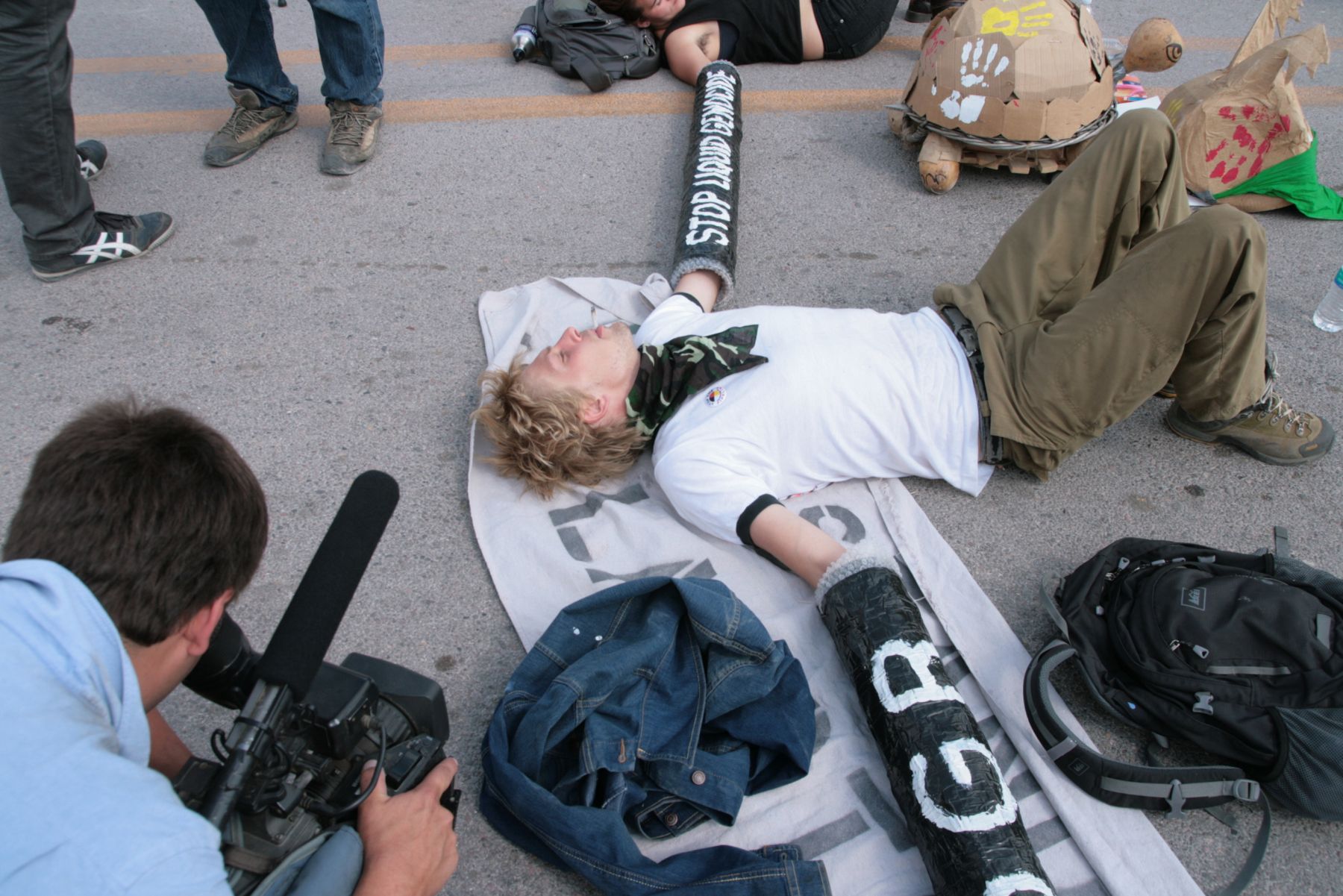
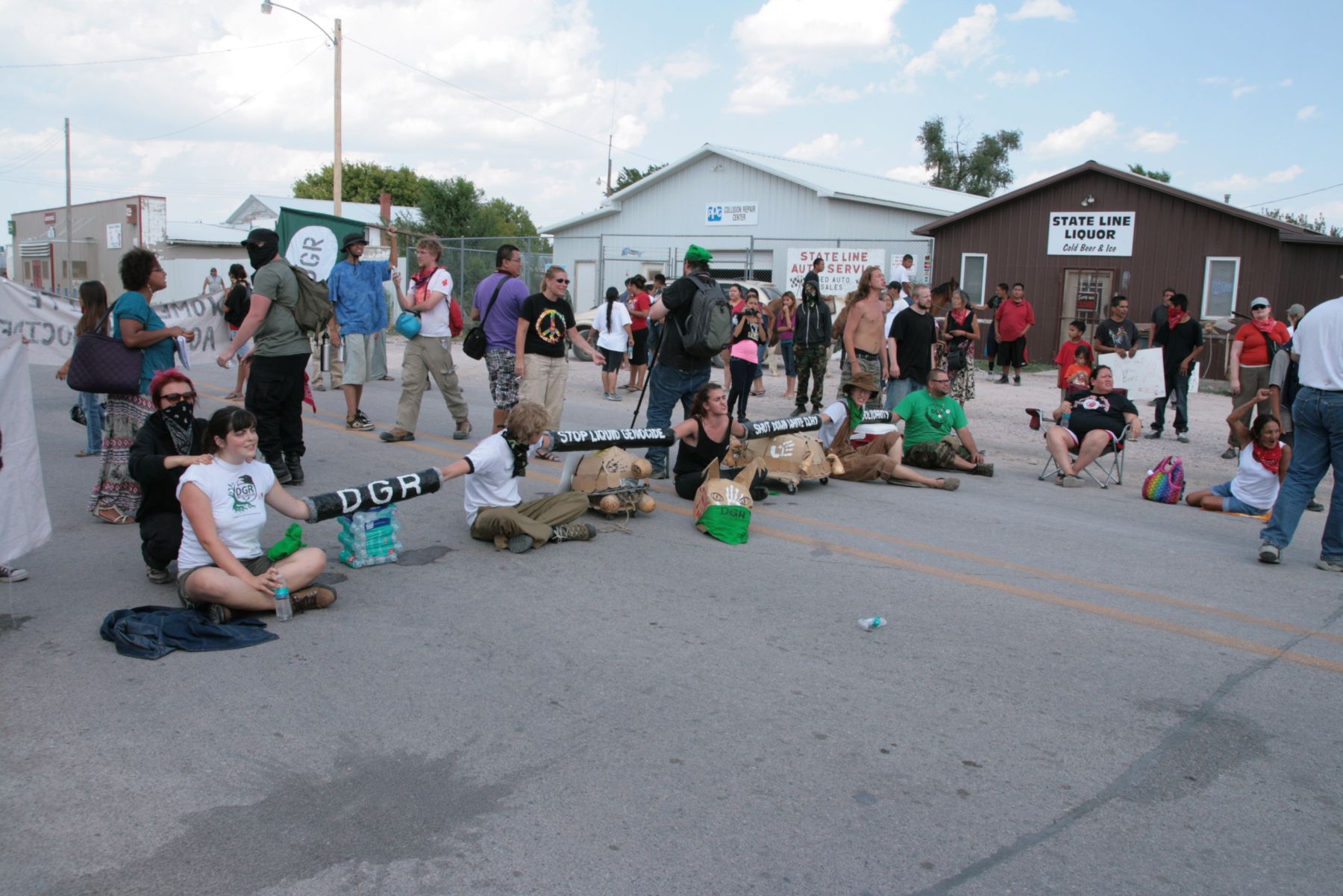
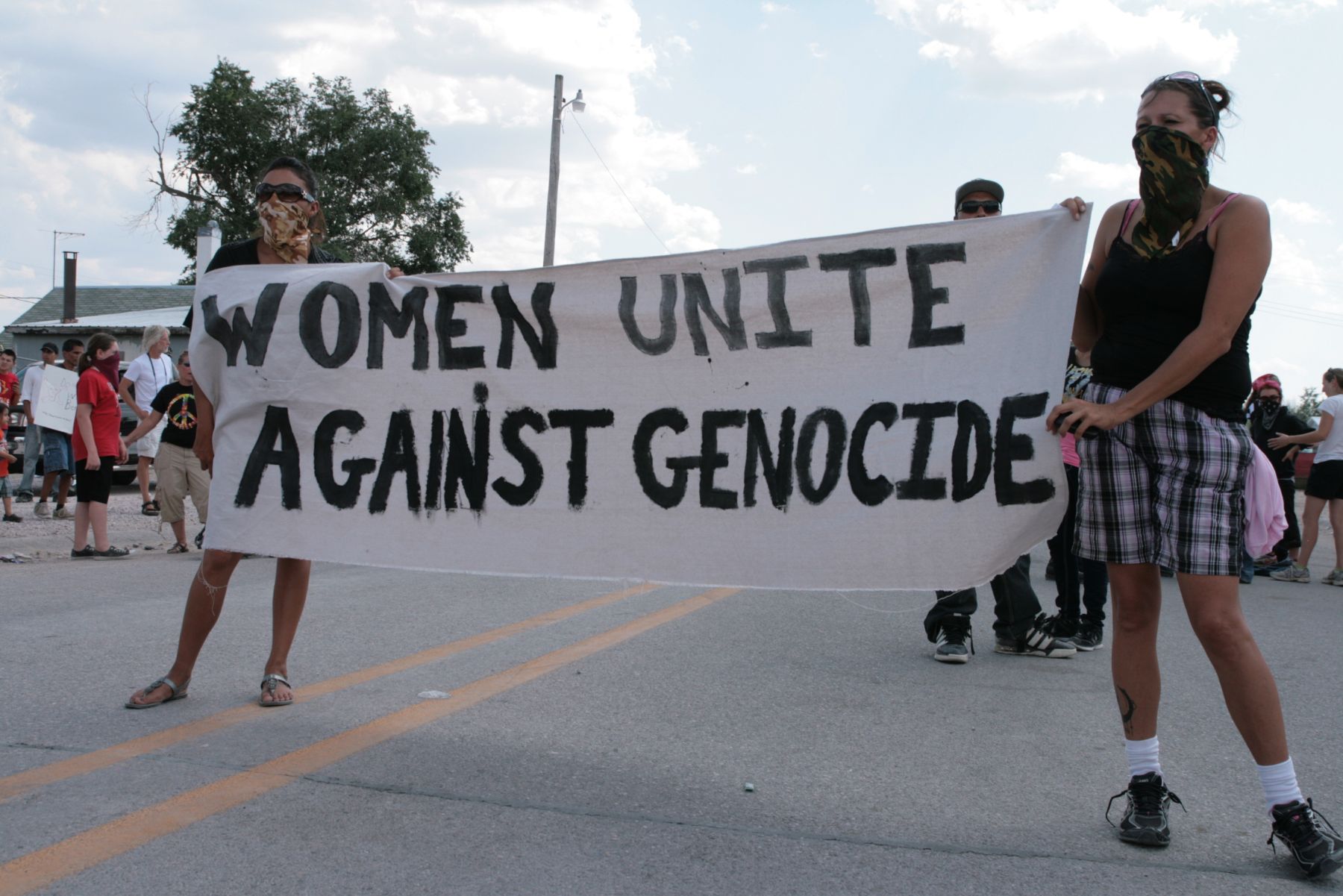
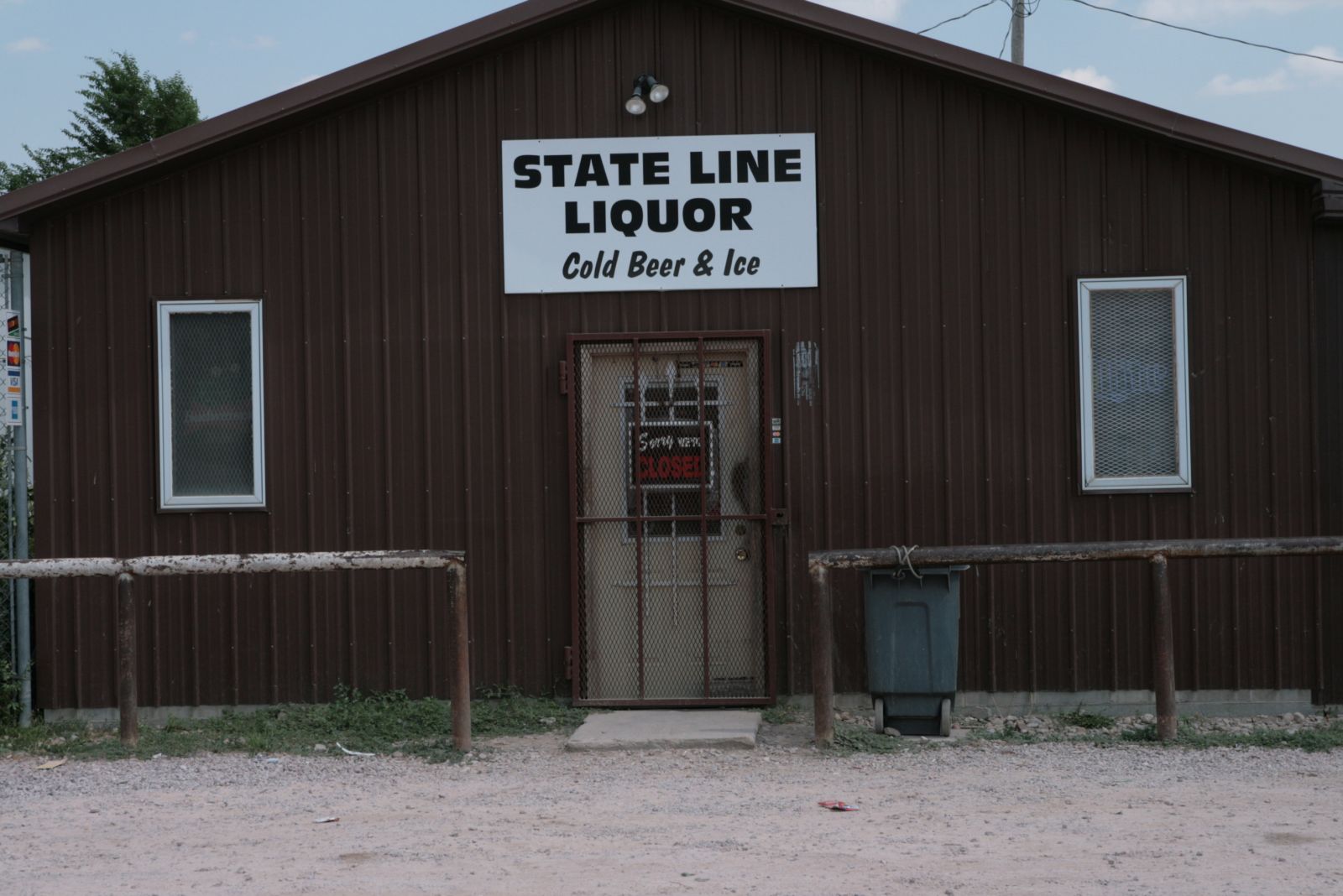
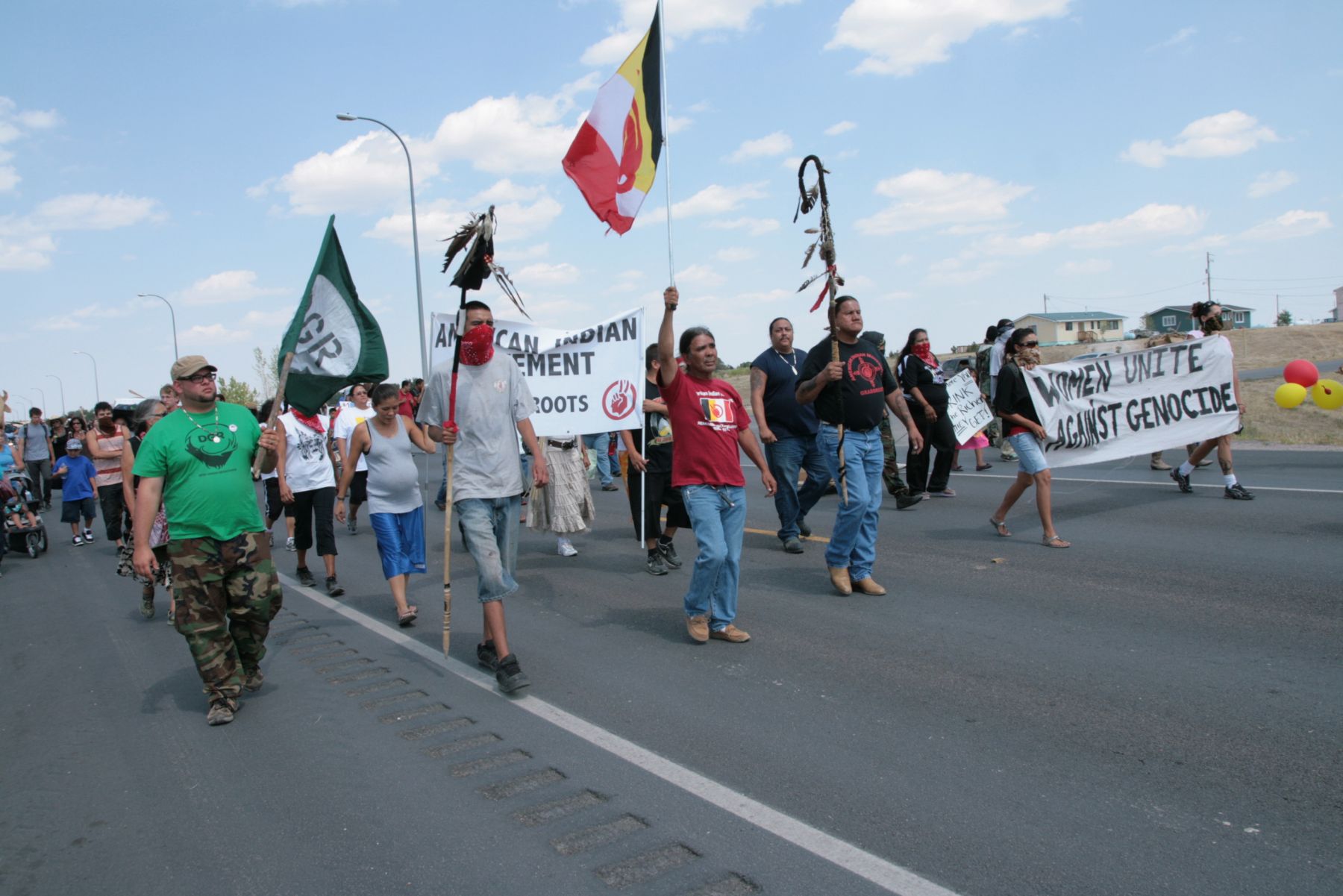
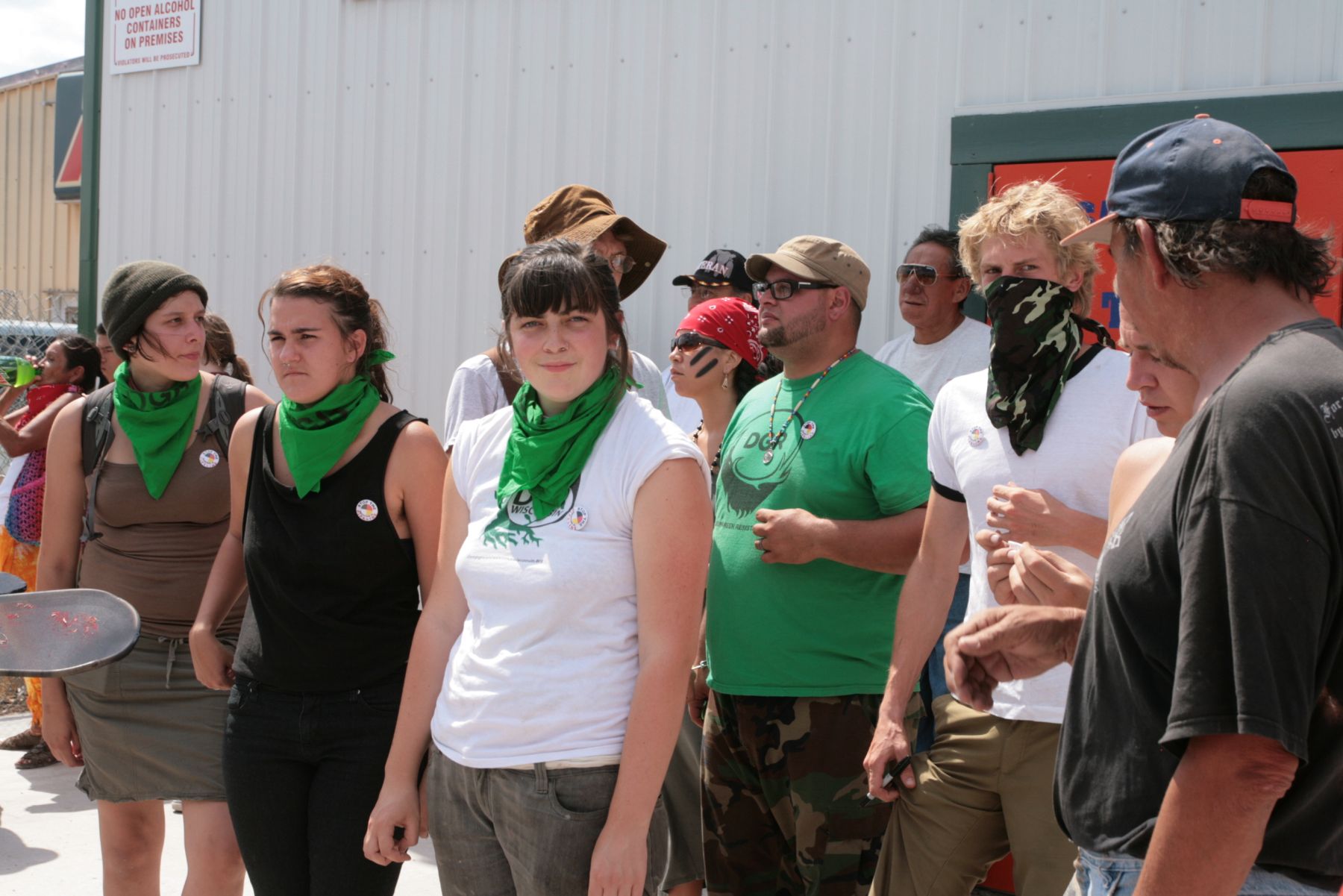
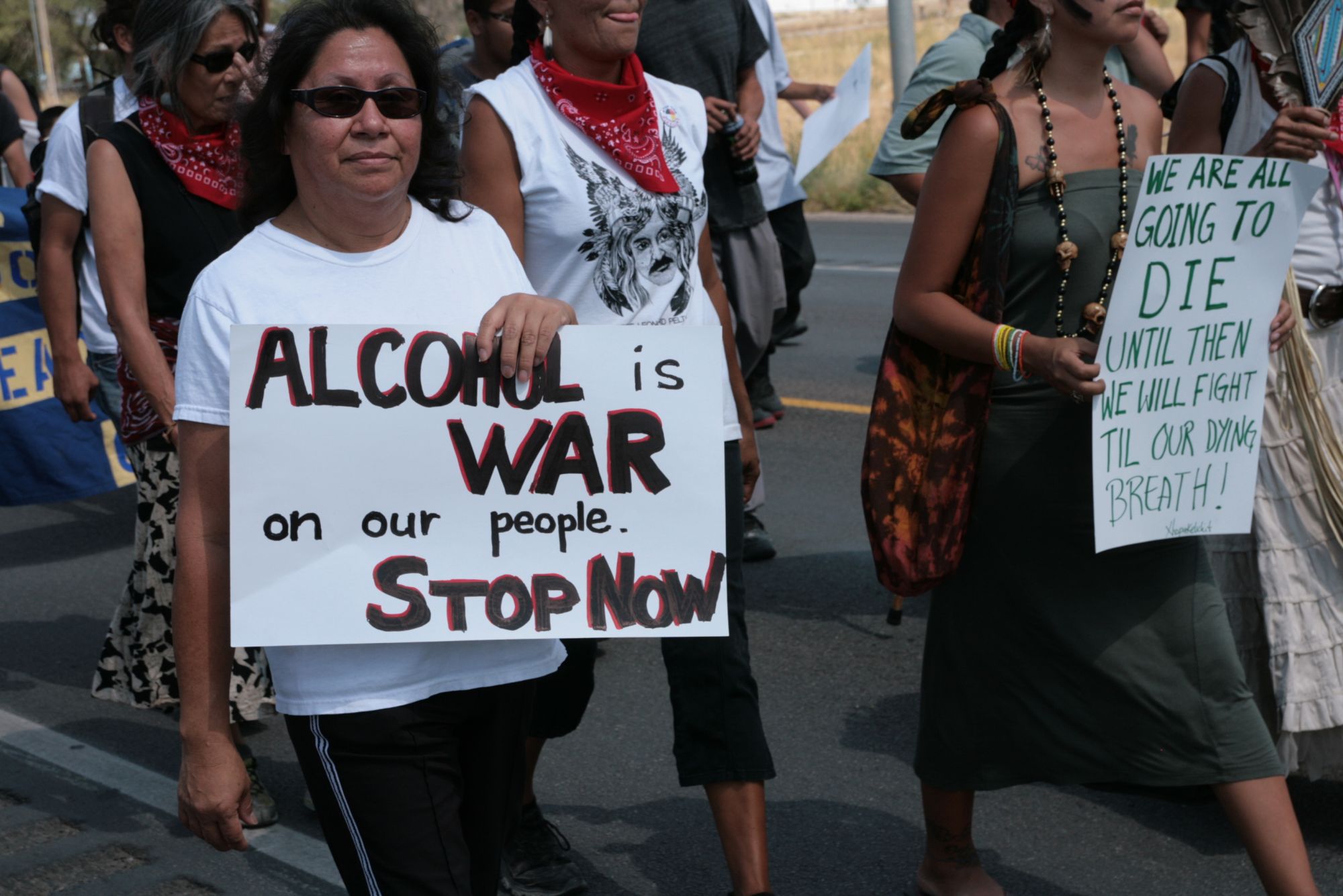
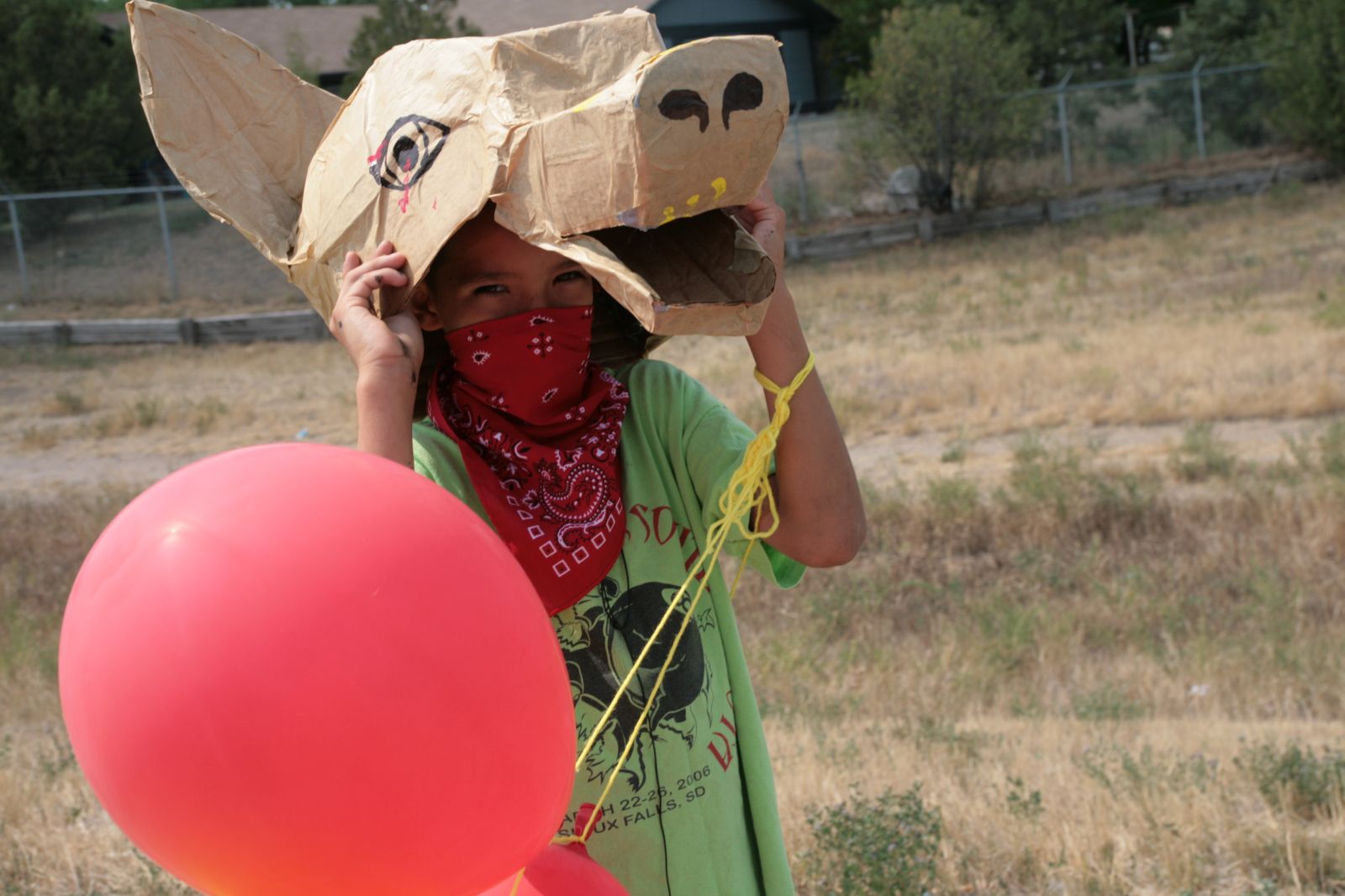
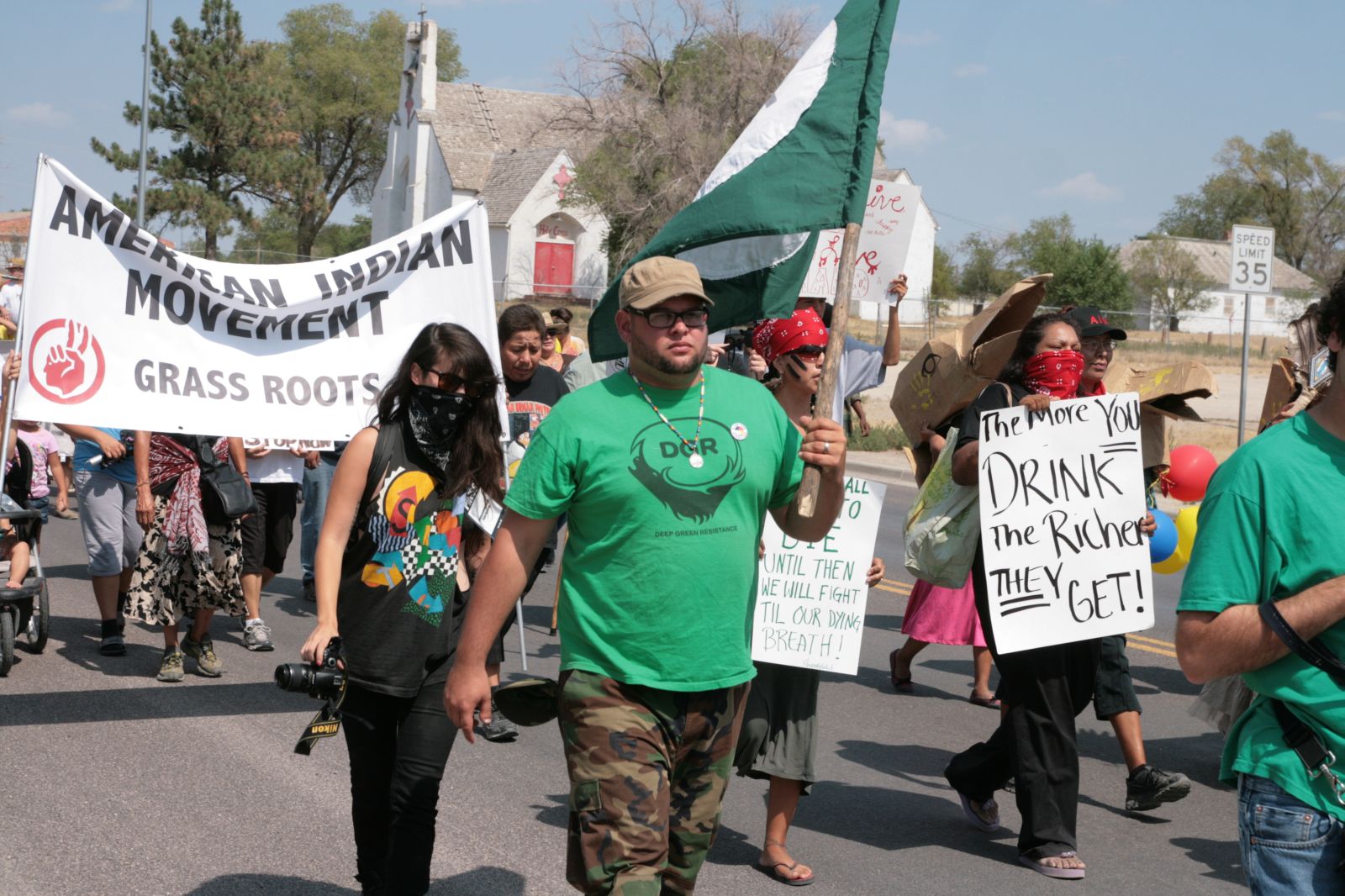
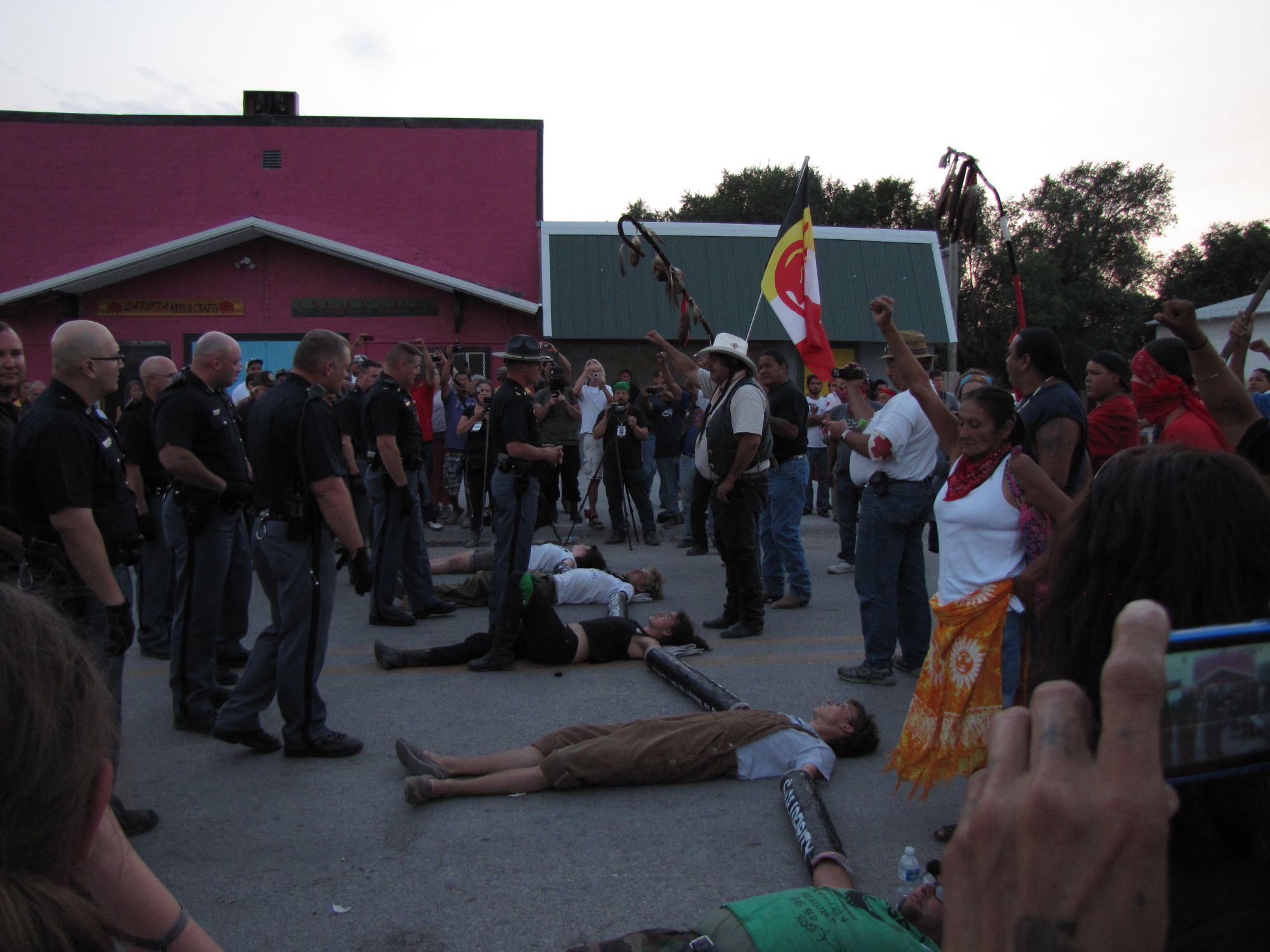

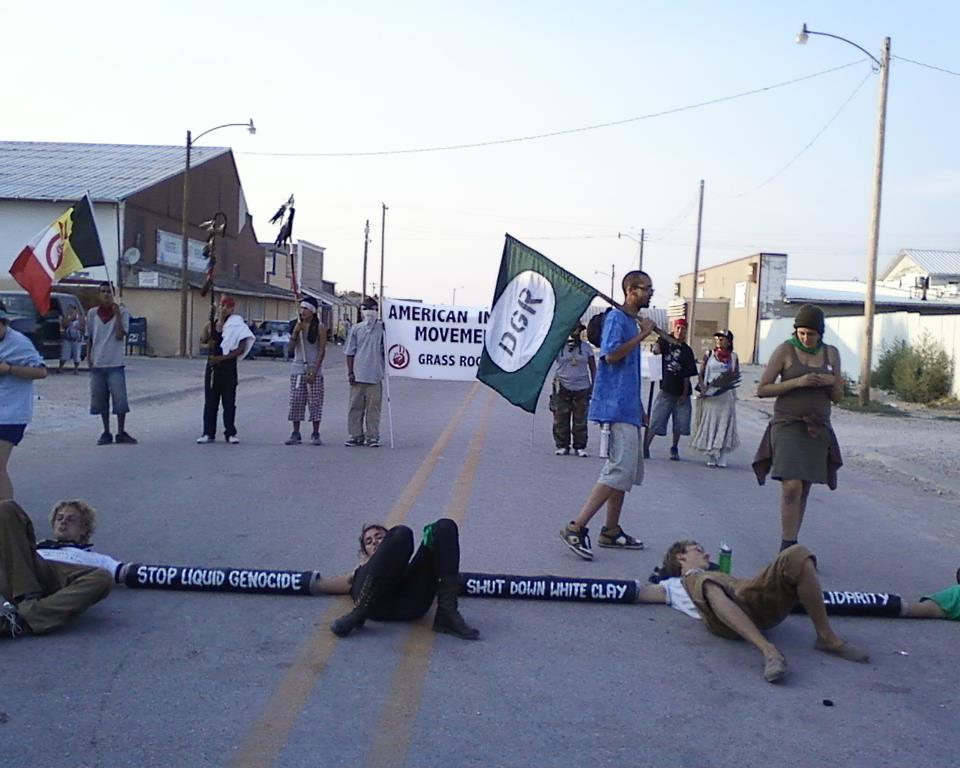
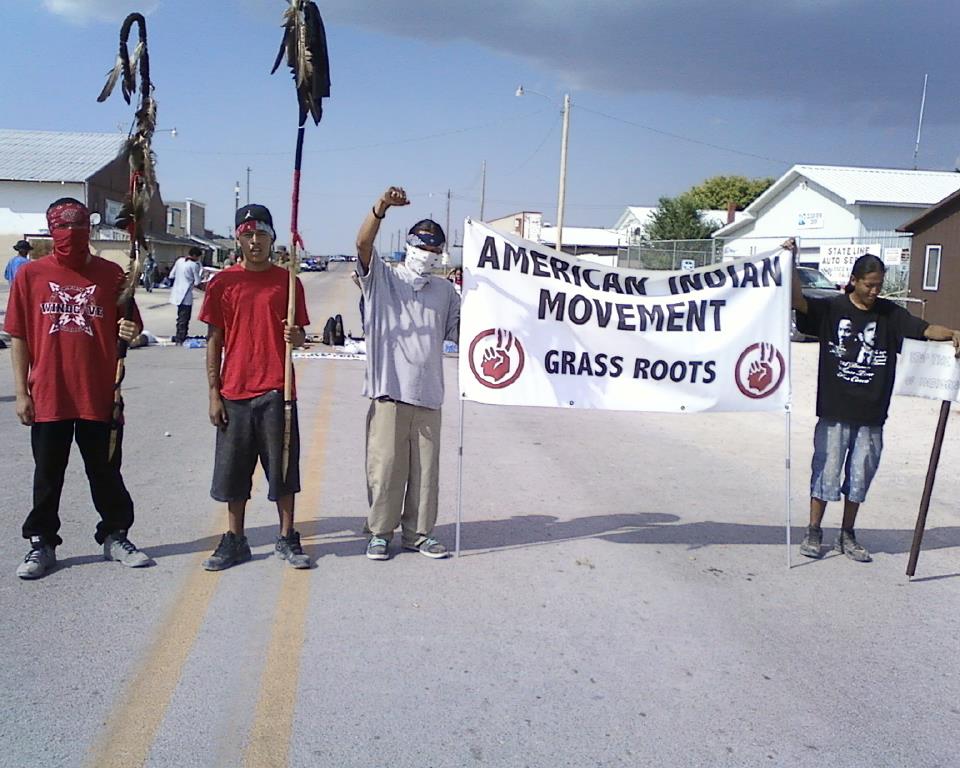
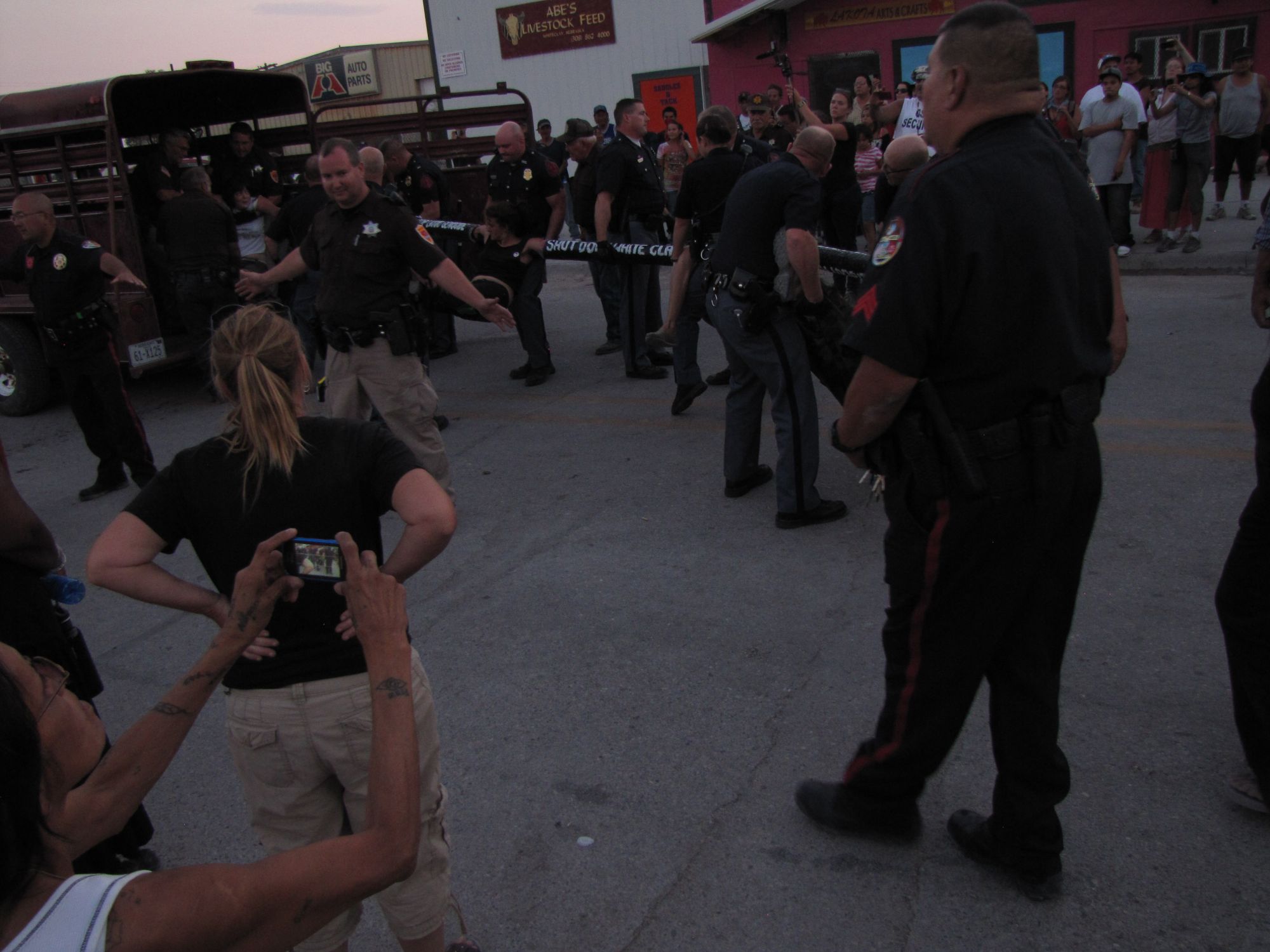
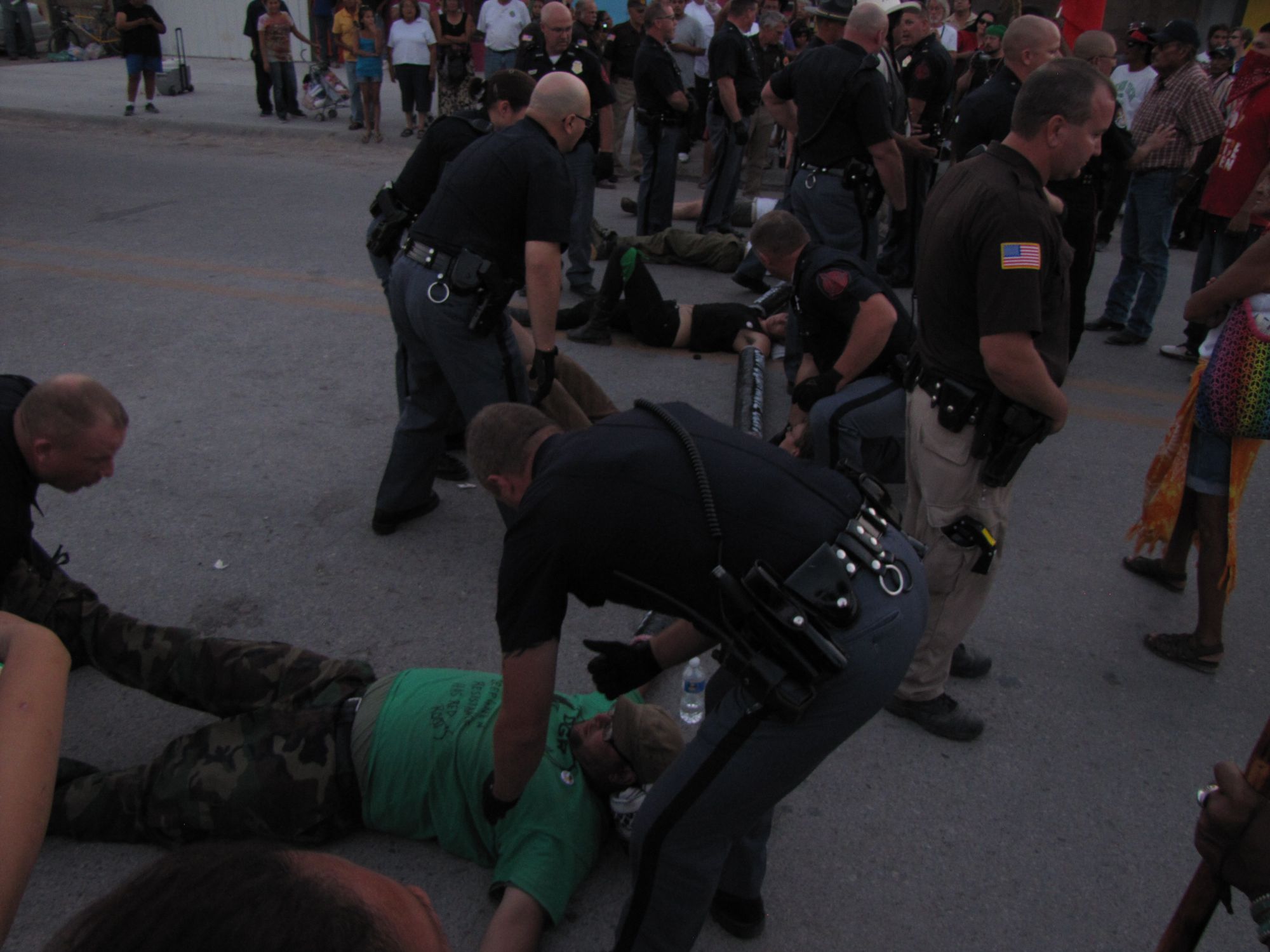
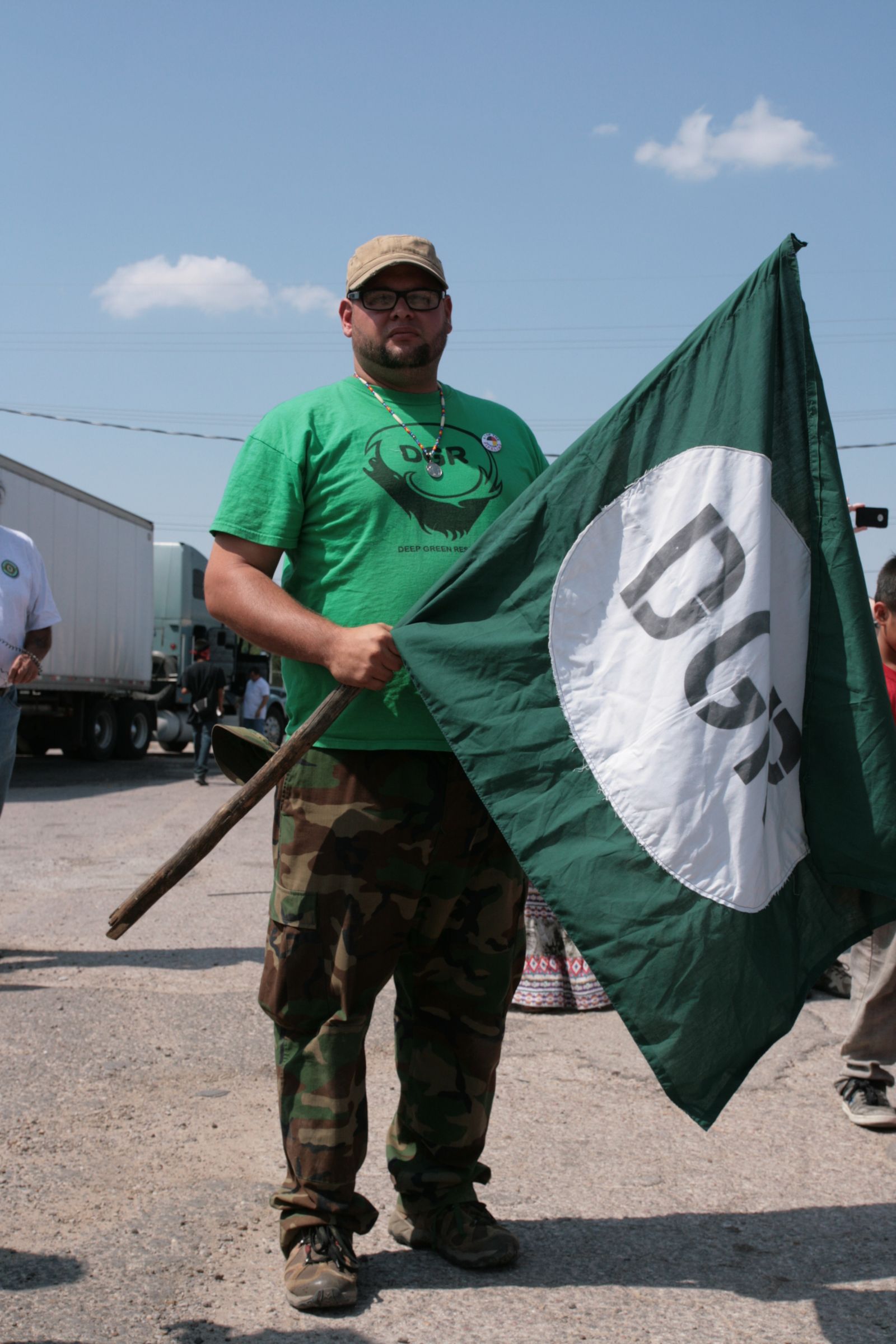

by Deep Green Resistance News Service | Aug 22, 2012 | White Supremacy
By Kanya D’Almeida and Bret Grote / Al Jazeera
Russell “Maroon” Shoats has been kept in solitary confinement in the state of Pennsylvania for 30 years after being elected president of the prison-approved Lifers’ Association. He was initially convicted for his alleged role in an attack authorities claim was carried out by militant Black activists on the Fairmont Park Police Station in Philadelphia that left a park sergeant dead.
Despite not having violated prison rules in more than two decades, state prison officials refuse to release him into the general prison population.
Russell’s family and supporters claim that the Pennsylvania Department of Corrections (PA DOC) has unlawfully altered the consequences of his criminal conviction, sentencing him to die in solitary confinement – a death imposed by decades of no-touch torture.
The severity of the conditions he is subjected to and the extraordinary length of time they have been imposed has sparked an international campaign to release him from solitary confinement – a campaign that has quickly attracted the support of leading human rights legal organizations, such as the Center for Constitutional Rights and the National Lawyers Guild.
Less than two months after the campaign was formally launched with events in New York City and London, United Nations Special Rapporteur on Torture and Other Cruel, Inhuman or Degrading Treatment or Punishment Juan Mendez agreed to make an official inquiry into Shoats’ 21 years of solitary confinement, sending a communication to the U.S. State Department representative in Geneva, Switzerland.
What the Liberals Won’t Tell You
While the state of Pennsylvania has remained unmoved in this matter so far, some in the U.S. government are finally catching on. Decades after rights activists first began to refer to the practice of solitary confinement as “torture,” the Senate Judiciary Subcommittee on the Constitution, Civil Rights and Human Rights held a hearing on June 19 to “reassess” the fiscal, security and human costs of locking prisoners into tiny, windowless cells for 23 hours a day.
Needless to say, the hearing echoed in a whisper what human rights defenders have been shouting for nearly an entire generation: that sensory deprivation, lack of social contact, a near total absence of zeitgebers (cues given by the environment, such as a change in light or temperature, to reset the internal body clock) and restricted access to all intellectual and emotional stimuli are an evil and unproductive combination.
The hearing opened a spate of debate, with newspapers in Los Angeles, New York, Washington, D.C., Tennessee, Pittsburgh, Ohio and elsewhere seizing the occasion to denounce the practice as “torture” and call for a reversal of a 30-year trend that has shattered – at a minimum – tens of thousands of people’s lives inside the vast U.S. prison archipelago.
But as happens with virtually all prison-related stories in the U.S. mainstream media, the two most important words were left unprinted, unuttered: race and revolution.
Any discussion on solitary confinement begins and ends with a number: a prisoner is kept in his or her cell 23 or 24 hours per day, allowed three showers every week and served three meals a day. According to a report by U.N. torture rapporteur Mendez, prisoners should not be held in isolation for more than 15 days at a stretch. But in the U.S., it is typical for hundreds of thousands of prisoners to pass in and out of solitary confinement for 30 or 60 days at a time each year.
Human Rights Watch estimated that there were approximately 20,000 prisoners being held in Supermax prisons, which are entire facilities dedicated to solitary confinement or near-solitary. It is estimated that at least 80,000 men, women and even children are being held in solitary confinement on any given day in U.S. jails and prisons.
Unknown thousands have spent years and, in some cases, decades in such isolation, including more than 500 prisoners held in California’s Pelican Bay state prison for 10 years or more.
Perhaps the most notorious case of all is that of the Angola 3, three Black Panthers who have been held in solitary confinement in Louisiana for more than 100 years between the three of them. While Robert King was released after 29 years in solitary, his comrades – Albert Woodfox and Herman Wallace – recently began their 40th years in solitary confinement, despite an ongoing lawsuit challenging their isolation and a growing international movement for their freedom that has been supported by Amnesty International.
But all these numbers fail to mention what Robert Saleem Holbrook, who was sentenced to life without parole as a 16-year-old juvenile and has now spent the majority of his life behind bars, pointed out: “Given the control units’ track record in driving men crazy, it is not surprising that the majority of prisoners sent into them are either politically conscious prisoners, prison lawyers or rebellious young prisoners. It is this class of prisoners that occupies the control units in prison systems across the United States.”
Holbrook’s observation is anything but surprising to those familiar with the routine violations of prisoners’ human rights within U.S. jails and prisons. The prison discipline study, a mass national survey assessing formal and informal punitive practices in U.S. prisons conducted in 1989, concluded that “solitary confinement, loss of privileges, physical beatings” and other forms of deprivation and harassment were “common disciplinary practices” that were “rendered routinely, capriciously and brutally” in maximum-security U.S. prisons.
The study also noted receiving “hundreds of comments from prisoners” explaining that jailhouse lawyers who file grievances and lawsuits about abuse and poor conditions were the most frequently targeted. Black prisoners and the mentally ill were also targeted for especially harsh treatment. This “pattern of guard brutality” was “consistent with the vast and varied body of post-war literature, demonstrating that guard use of physical coercion is highly structured and deeply entrenched in the guard subculture.”
Read more from Al Jazeera: http://www.aljazeera.com/indepth/opinion/2012/08/20128694647587767.html
by Deep Green Resistance News Service | Aug 7, 2012 | Mining & Drilling, Toxification
By Steve Mufson / The Washington Post
Jane Kleeb is a savvy activist who, Nebraska’s Republican governor once said, “has a tendency to shoot her mouth off most days.” A Florida native who moved to Nebraska in 2007 after marrying a rancher active in Democratic politics, she did as much as anyone to bring the massive Keystone XL crude oil pipeline to a halt last year.
James Goecke is a counterpoint to Kleeb. A hydrogeologist and professor emeritus at the University of Nebraska in Lincoln, he has been measuring water tables in Nebraska’s ecologically sensitive Sand Hills region since 1970 and has shunned the political limelight — until now. He recently appeared in an ad for the pipeline’s owner, TransCanada, rebutting some of the arguments against the project and its new route.
Under ordinary circumstances, Kleeb and Goecke would be natural allies. Democrats in a red state, they both care about preserving Nebraska’s unique environment. Instead, they are divided over Keystone XL, a 1,700-mile steel pipeline that would carry heavy, low-quality crude from Canada’s oil sands to refineries in Texas.
At the heart of their battle is whether the pipeline would pose a threat to the massive Ogallala Aquifer — one of the world’s largest underground sources of fresh water. By one calculation, it holds enough water to cover the country’s 48 contiguous states two feet deep. The Ogallala stretches beneath most of Nebraska from the Sand Hills in the west to the outskirts of Omaha. And it runs from South Dakota well past Lubbock, Tex.
Named after a Northern Plains tribe, the Ogallala provides water to farms in eight states, accounting for a quarter of the nation’s cropland, as well as municipal drinking wells. Though early white explorers who saw this apparently arid part of the Great Plains called it a “great American desert,” the aquifer has turned it into America’s breadbasket.
The spongelike aquifer formed more than 20 million years ago, when erosions of gravel and sand from the Rocky Mountains were washed downstream. It is replenished by rain and melting snow, but it gets just two to five inches of precipitation a year, according to a TransCanada filing to the Nebraska Department of Environmental Quality. Much of the water it holds was absorbed thousands or millions of years ago.
In some places the aquifer is buried 1,200 feet deep, but in many places it is at or very close to the surface, often less than five feet below ground. In these places, you can literally stick a stake in the ground and hit water. Extensive stretches of Nebraska’s plains require no irrigation; to keep cattle watered, ranchers just dig a hole and the water flows in.
That’s where concerns about the Keystone XL came in. Its original route traversed 92 miles of the Sand Hills and the Ogallala. TransCanada, which said it would bury the pipeline at least four feet underground, could in many places be putting it in water.
If the pipeline should spring a leak where it touches the aquifer or even above it, Kleeb and other opponents say, oil could quickly seep into and through the porous, sandy soil. The Ogallala, Kleeb said last year in a television interview, is “a very fragile ecosystem, literally made of sand. . . . To have a pipeline crossing that region is just mind-boggling.”
She cited University of Nebraska civil engineering professor John Stansbury, who drew on pipelines’ history and TransCanada regulatory filings to predict that during the projected 50-year life span of the pipeline, “there would be 91 leaks . . . that could potentially put 6.5 million gallons of tar sands oil in the Ogallala aquifer and essentially contaminate our drinking water.”
He maintained that a worst-case spill in the Sand Hills region could pollute 4.9 billion gallons of groundwater with a “plume” of contaminants 40 feet thick, 500 feet wide and 15 miles long.
The message rallied Nebraskans from ranches to cities, and it was what President Obama pointed to in January when he rejected the initial Keystone XL route. In May, TransCanada submitted a revised route to the State Department, bypassing the Sand Hills but still passing over some parts of the aquifer.
“The Ogallala aquifer is the greatest underground water source, I believe, in the world,” said Gerald E. Happ, whose ranch in Greeley the pipeline originally would have crossed. “And it’s the purest. . . . And we need the water, and maybe the water may be way more precious than the oil sometime in the future.”
Read more from The Washington Post: http://www.washingtonpost.com/national/health-science/keystone-xl-pipeline-may-threaten-aquifer-that-irrigates-much-of-the-central-us/2012/08/06/7bf0215c-d4db-11e1-a9e3-c5249ea531ca_story.html

by Deep Green Resistance News Service | Jul 31, 2012 | ACTION, Mining & Drilling, Protests & Symbolic Acts, Toxification
By Peter Rugh / Waging Nonviolence
The war came home this weekend, as thousands of people whose land has been under siege by the U.S. government and corporate interests gathered in Washington, D.C. No, they weren’t victims of drone attacks or 10-plus years of fighting in Afghanistan. They were ordinary Americans, whose neighborhoods, townships and states have been struggling to put an end to fracking, a destructive form of natural gas drilling.
These veterans of the frack war were in Washington for a national convergence called Stop the Frack Attack. Over the course of two days, they held teach-ins and strategy sessions on ways to bring relief to their communities through collective action, before ending on Saturday with the first ever national march and rally against fracking. Many hailed the event as an important step to building a broad, grassroots movement to ban the drilling practice.
“I’m going to dream big,” said Jennie Scheibach with NonToxic Ohio, a group fighting the spread of fracking in northern Ohio and the disposal of fracking waste in the state’s rivers. “Standing together, rising up together, we can stop this.”
Jennie wasn’t alone. Thousands of people from across the country, from voluminous backgrounds, joined in common cause in D.C. over the weekend, raising the call for an end to fracking.
Lori New Breast of the Blackfoot Nation, whose homeland encompasses parts of Montana, Alberta, and Saskatchewan, took part in the rally. She said her community is mobilizing to reject fracking. “Oil companies would like you to think that that land is unoccupied and that we are gone. But as the care takers of the headwaters of the continent, we are still here. We do not want fracking. It is a threat to our cultural way of life.”
Members of Occupy Wall Street Environmental Solidarity were also on hand in D.C. as well, carrying banners that read, “Safe Fracking is a Lie; Occupy! Resist!” and “Frack Wall Street, Not Our Water!”
Meanwhile, suburban mothers like Vicky Bastidas, who brought her three teenage daughters to the rally, were present. She and her family have been fighting frackers from drilling near schools and playgrounds in their home town of Bethlehem, Pennsylvania. Vicky said she was heartened by a recent court decision that overturned a law barring local municipalities from banning fracking and now looks forward to passing a ban in her town.
The decision might have come too late to reverse much of the long-term damage that the unimpeded invasion of drilling has done to Pennsylvania, but nonetheless it grants Pennsylvanians a chance to set up legal barricades against the fracking bombardment. Bastidas had a message from her family to Governor Corbett and lawmakers like him: “Our water is not for sale. We can live without oil. We can live without gas. But we cannot live without water.”
This was a widespread sentiment among the approximately 4,000 demonstrators who marched from the Capitol building to the headquarters of the American Petroleum Institute (API), the oil and gas industry’s lobbying arm. Along the way they made a brief stop at the home base of the American Natural Gas Alliance (ANGA), where Delaware Riverkeeper Maya Van Rossum held up a murky, brown libation of chemical diarrhea in a clear plastic jug.
“This is frack water,” she said. “We don’t want it in our communities. We can’t drink it safely. We’re giving it back to the drillers. I bet they won’t drink it!” Uniformed in hazmat suits, Van Rossum and several of her colleagues with Delaware Riverkeeper chanted “shame” and pounded on ANGA’s doors, but a representative of the Alliance failed to appear for a taste test.
Next, demonstrators flooded the courtyard of API’s home office. “The water, the water, the water is on fire,” they hollered in unison, “We don’t need no fracking let the corporations burn.” Members of the crowd set down a 10-foot replica of a fracking rig made of bamboo and canvas at API’s door and tipped it over. The move was a symbolic representation of what they hope the burgeoning movement against fracking can accomplish nationally.
The action also pointed toward another tipping point, that of the climate, which has been driven to the brink of near collapse by the fossil fuel industry with the support of politicians, including President Barack Obama, who received $884,000 in campaign donations from the oil and gas industry in 2008. Given such a payout, it should not be surprising that Obama signed a little-noticed executive order earlier this year establishing an intergovernmental task force for the support of “unconventional” gas drilling — in other words fracking.
With the stroke of a pen, Obama picked a side in a war that began under his predecessor’s administration. In 2005, lawmakers on Capitol Hill approved the Energy Policy Act, a bill championed by then-Vice President and former Halliburton executive Dick Cheney that exempted frackers from the Safe Drinking Water Act (SDWA) and the Clean Water Act (CWA). The fracking amendments gave the world’s wealthiest energy corporations license to invade some of America’s poorest counties, poison their drinking water, foul their air and putrefy their soil. For each frack site, and there are now tens of thousands across America, drillers pump millions of gallons of water, sand and toxic chemicals into the land in order to draw oil and gas from shale rock.
Since the frack boom began, impoverished, cloistered communities sitting on millions of dollars worth of shale gas — from Pennsylvania to Wyoming, from indigenous tribal lands in Montana to the Texas border — have become ground zeros for fracking. In most cases, they are offered a short-term cash prize for land rights or desperately needed jobs in return for long-term ecological devastation. Such a strategy for prosperity, critics contend, would have left mountaintop removal strongholds in Appalachia looking like Beverly Hills long ago.
Instead, it seems the only pockets being lined are those of the corporate executives and politicians. In 2010, the fracking industry raked in $76 billion in revenues. Meanwhile, the Obama 2012 campaign is set to bring in more from oil and gas lobbyists than was raised in the previous election. If there’s hope in matching corporate campaign donations, though, it’s not with money, but rather a national movement, comprised of the diverse voices of dissent that marched through Washington on Saturday.




















